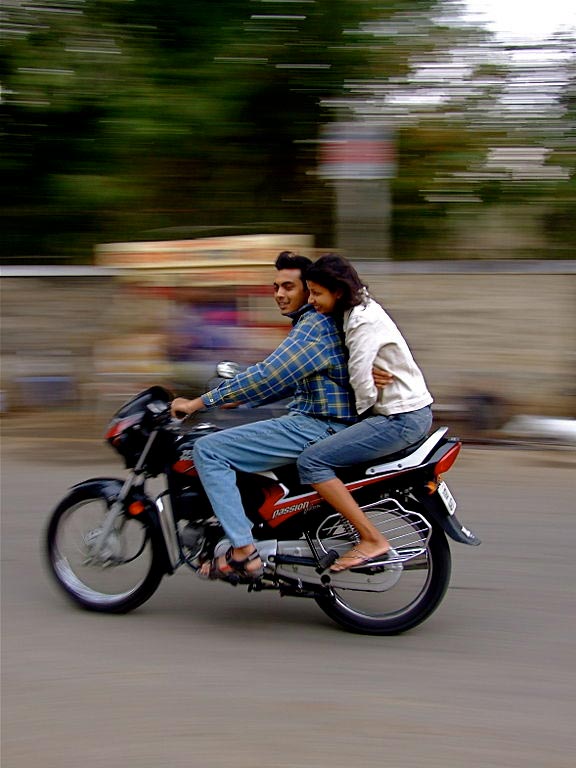Photographs: BikeDekho.com Shubhananda Bera
Following these dos and don'ts will not only keep your new bike in good health but also help you get superlative performance.
The first bike for any bike lover is always special. When we grow up and leave the cycle era behind, our next option is invariably, the motorbike. On the other hand, if we have had enough from the scrum while travelling in buses and local trains, we start longing for a bike which can save our time and help us reach our destination sooner and more efficiently. Or when we have spent a big amount of our wages by travelling in auto-rickshaws, which always disbalances our budget, that's when we say 'its enough now and I want to have my own two-wheeler.'
Keeping all the issues in mind, we buy a bike according to our need and status. However, do you really know how to handle the new bike you have bought recently? We think that after buying a new vehicle, most of our transportation issues are solved but can we really shrug off the responsibilities just after buying a bike?
A new bike brings a bundle of responsibilities such as its maintenance, timely check ups, servicing, disciplined and safe driving and much more. We will try to find out what exactly are the do's and dont's of how to handle your new bike and how you can get superlative performance out of it.
How to ride your bike when it is brand new
Photographs: BikeDekho.com Shubhananda Bera
Run-in period: How it impacts your two-wheeler
To begin with, it is necessary to know that the 'run-in-period' is a very crucial period for a bike and for the bike's owners. In layperson's language, the run-in-period of your two-wheeler starts from the point you buy it and start using it.
The next question is, how long should a rider wait for the period to get through. Manufacturers suggest 1,500 or 2,000 kms as the run-in period. Nevertheless, when it comes to servicing, the makers mention either a particular number of kms or days whichever is earlier.
The run-in-period is considered as the foundation of the future of your vehicle. Your method of using the bike during this period would determine its durability. So it becomes quite necessary to know the rules and following them carefully during the period.
The run-in-period is must for every two-wheeler as its engine and all its core parts are pretty new and it would have run merely 4-5 kms during the test drive of the engine and its still new. Therefore, this period sets and fits the engine for your perfect daily rides.
How to ride your bike when it is brand new
Photographs: BikeDekho.com Shubhananda Bera
Owner's manual ebables you to k the dos and dont's better
The owner's manual, which you get when you buy the bike, is like the guide book of your two-wheeler's health. A long list of dos and dont's is given by the manufacturer in this manual but how many of us really go through these instructions before starting to ride it?
If you really go through it, you will find out that most of the questions raised here are answered in this booklet. It is better that either you always keep it handy or remember it by heart.
How to ride your bike when it is brand new
Photographs: BikeDekho.com Shubhananda Bera
How to deal with the new motorcycle
Many of us do not really know how exactly we should deal with our new vehicle and we ride insanely sometimes. We really do not know the speed that we need to maintain, when to apply brakes and with what force or when should we need to turn off the engine and so on.
A dew additional tips to guide you how you can improve your ride quality
While riding, never stress the engine with unnecessary acceleration during the course of your ride. It will surely put extra pressure on the engine and disturb the mileage going forward.
It is advisable that you must not ride at a very high speed; however, if you vary it between 40 and 50 km/h, it also increases the mileage of the bike.
If you want to get better performance from your vehicle you should avoid the hill/slope rides to maximum extent. If you want to save your motorcycle from extra stress then avoid heavy weight pillion riders as it might make you throttle too much, which is not good for your bike.
Overall, if you keep a note of the aforementioned information, you will surely be able to maintain the health of your bike and can get superlative performance out of it.






Comment
article